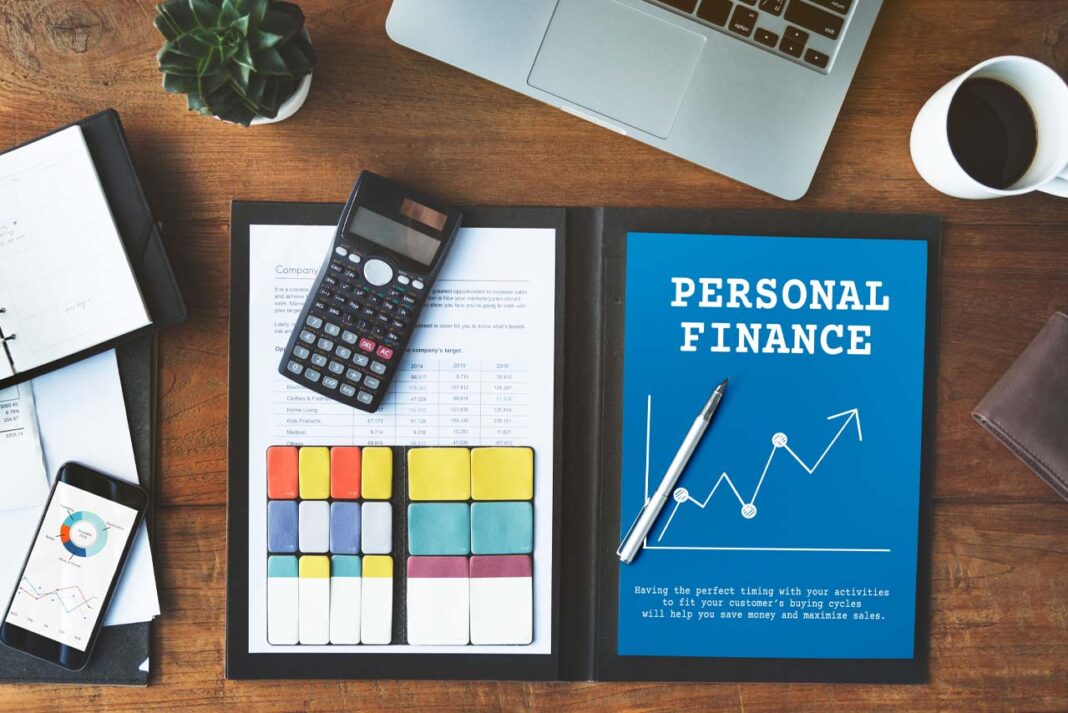Personal Finance: The Basics of Personal Finance and Budgeting
Managing your personal finances can feel overwhelming, but it doesn’t have to be. Understanding the fundamentals of personal finance and budgeting is essential for achieving financial stability and reaching your financial goals. In this blog post, we’ll cover the basics of personal finance, the importance of budgeting, and practical steps to help you take control of your financial future.
What is Personal Finance?
Personal finance refers to the management of your financial activities, including budgeting, saving, investing, and planning for future expenses. It encompasses everything from tracking your income and expenses to planning for retirement and managing debt. By developing a solid understanding of personal finance, you can make informed decisions about your money and work towards your financial goals.
The Importance of Budgeting
Budgeting is a crucial component of personal finance. It helps you:
- Track Your Income and Expenses: A budget allows you to see where your money is coming from and where it’s going, giving you a clear picture of your financial situation.
- Control Spending: By setting spending limits for different categories, you can avoid overspending and prioritize your financial goals.
- Build Savings: Budgeting helps you allocate a portion of your income towards savings, whether for emergencies, investments, or specific goals like vacations or home purchases.
- Manage Debt: A well-structured budget can help you pay off debts more effectively by allocating funds toward debt repayment.
- Plan for the Future: With a budget, you can set aside money for long-term goals, such as retirement or a child’s education.
Steps to Create a Personal Budget
Creating a personal budget may seem daunting, but following these steps can simplify the process:
1. Determine Your Income
Start by calculating your total monthly income. This includes your salary, bonuses, freelance work, and any other sources of income. Be sure to use your net income (after taxes) for a more accurate picture.
2. List Your Expenses
Next, categorize your monthly expenses. Common categories include:
- Fixed Expenses: These are regular payments that don’t change, such as rent or mortgage, utilities, insurance, and loan payments.
- Variable Expenses: These fluctuate each month, including groceries, transportation, entertainment, and dining out.
3. Track Your Spending
Keep track of your spending for a month to see how much you’re actually spending in each category. This can be done using a budgeting app, spreadsheet, or pen and paper.
4. Set Spending Limits
Based on your tracked expenses, set limits for each category. Be realistic and ensure that your total expenses don’t exceed your income.
5. Prioritize Savings and Debt Repayment
Allocate a portion of your income to savings and debt repayment. Aim to save at least 20% of your income if possible. Consider using the “50/30/20” rule: 50% for needs, 30% for wants, and 20% for savings and debt repayment.
6. Review and Adjust Regularly
Your budget isn’t set in stone. Review it monthly or quarterly and adjust as necessary. Life changes, such as a new job, moving, or changes in family size, may require modifications to your budget.
Tools and Resources for Budgeting
Numerous tools and resources can help you manage your personal finances and budgeting:
- Budgeting Apps: Consider using apps like Mint, YNAB (You Need A Budget), or PocketGuard to track expenses, set budgets, and analyze spending habits.
- Spreadsheets: If you prefer a more hands-on approach, create a budgeting spreadsheet using tools like Excel or Google Sheets.
- Financial Blogs and Podcasts: Educate yourself further by following personal finance blogs or listening to podcasts that cover budgeting and financial planning topics.
Tips for Successful Personal Finance Management
- Automate Savings: Set up automatic transfers to your savings account to make saving easier and more consistent.
- Emergency Fund: Aim to build an emergency fund with three to six months’ worth of living expenses to protect yourself from unexpected financial setbacks.
- Limit Impulse Purchases: Implement strategies to reduce impulse spending, such as waiting 24 hours before making non-essential purchases.
- Stay Informed: Educate yourself on personal finance topics through books, courses, and reputable online resources.
- Seek Professional Help: If needed, consult a financial advisor for personalized guidance and strategies tailored to your financial situation.
Conclusion
Mastering personal finance and budgeting is key to achieving financial security and working toward your goals. By understanding your income, tracking your expenses, and creating a realistic budget, you can take control of your financial future. Remember, personal finance is a journey that requires ongoing education and adjustment. Start today, and you’ll be on your way to a more secure and prosperous financial life!



